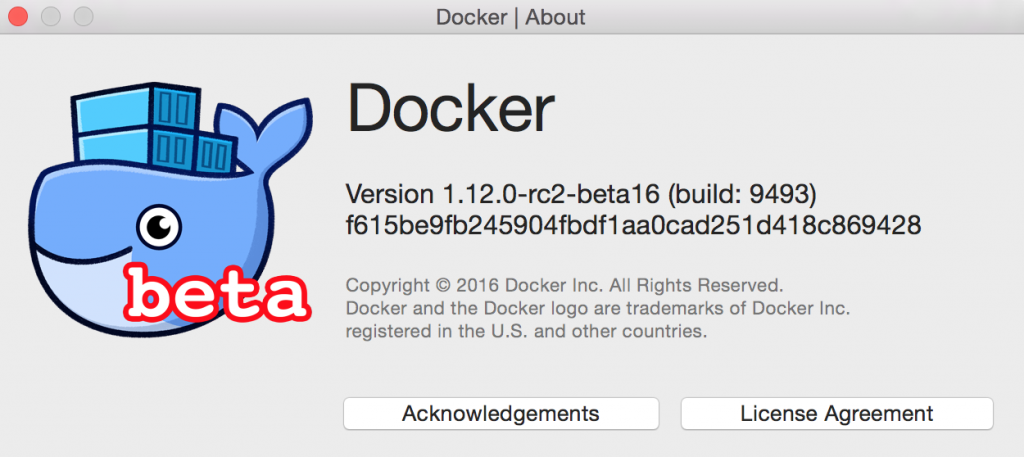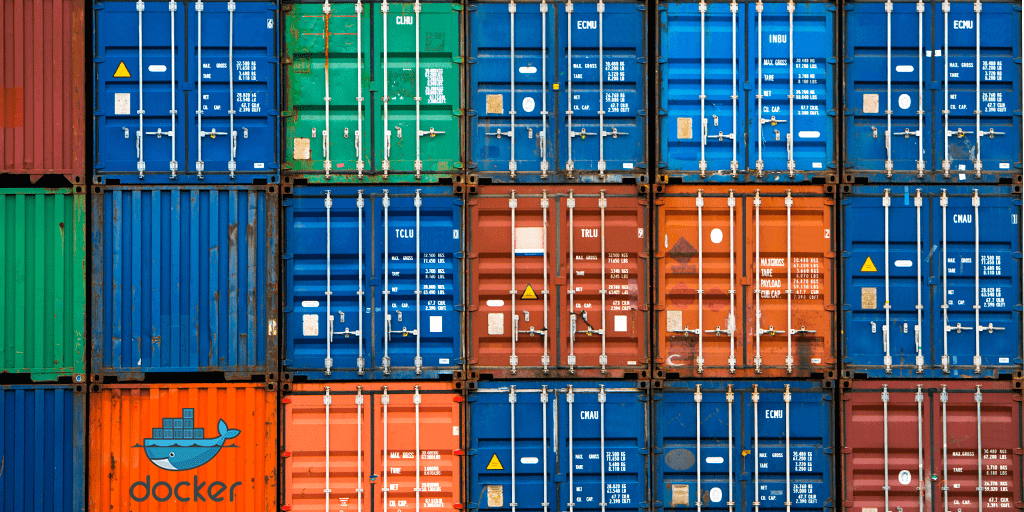
- #Docker daemon logs setting install#
- #Docker daemon logs setting driver#
- #Docker daemon logs setting full#
This is optional of course and you may switch back, if you use your previous storage driver. You can delete everything before switching with the command docker system prune to save some disk space. There is no way to move data from one storage to another, so all your Docker containers and images are not available anymore. Warning: Your current Docker configuration will be overwritten. Let's activate our own configuration file by running this command. There are some security features like user namespaces which should be enabled. So make sure it is available on your system. We will use the overlay2 storage driver, which can be used with Linux kernel >= 4.0 and Docker >= 1.12.
#Docker daemon logs setting driver#
Especially the storage filesystem driver is a key component. You can modify the Docker Daemon to improve overall performance and make it more robust. $ curl -L `uname -s`-`uname -m` > /usr/local/bin/docker-compose You can then deploy this stack to your Docker Swarm Cluster with docker stack deploy -compose-file=docker-compose.yml my_stack. It is a tool for defining and running Multi-Container Docker applications and maintains a logical definition of a distributed application. Docker Compose simplifies Mult-Container apps. Make sure you are root, otherwise you get a permission denied error.
#Docker daemon logs setting install#
To install Docker Compose, you can simply execute the following command which downloads Docker Compose 1.11 and makes it executable.

Please refer to the official Docker installation docs to install Docker on your specific system. We will create a JSON config file with optimized options for the Docker Daemon, install bash completion for the Docker CLI commands with one line and increase security. We can provide these 2 limits in the docker run command as well, -log-opt max-size=10m -log-opt max-file=5Īppend above in your docker run command to make it custom for that particular containerĭo Comment and Share if you find this content useful.The default Docker config works but there are some additional features which improves the overall experience with Docker. – You can take a backup before it rotates if you want to use it later Step 3:Īfter saving this file, you need to restart docker, to make changes reflect in containers that will be created after this change service docker restart Remember: it will not reflect in currently running docker container, will be applicable to new coming containers.

After that, your old logs will be rotated/deleted to make space for newer logs.
#Docker daemon logs setting full#
Too much of logging gives you storage full issue Which are stored in following file (linux) /var/lib/docker/containers/$containerid/$containerid.json

Logging help us troubleshoot better.ĭocker provides us Container logs in JSON format by default

Logging is important for development as well as for production systems.


 0 kommentar(er)
0 kommentar(er)
